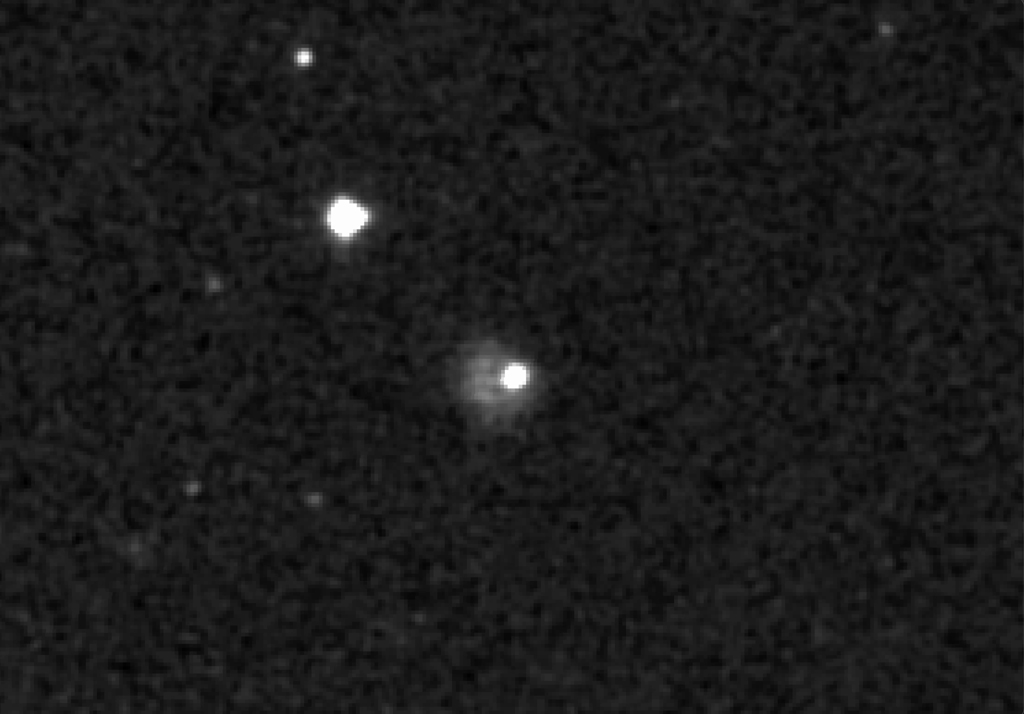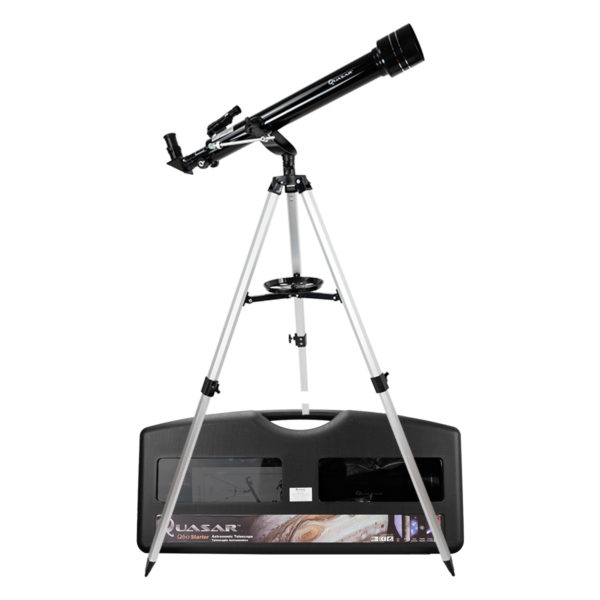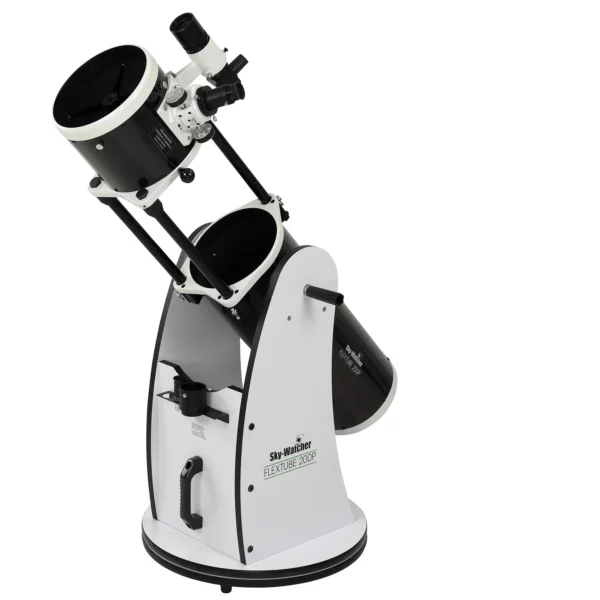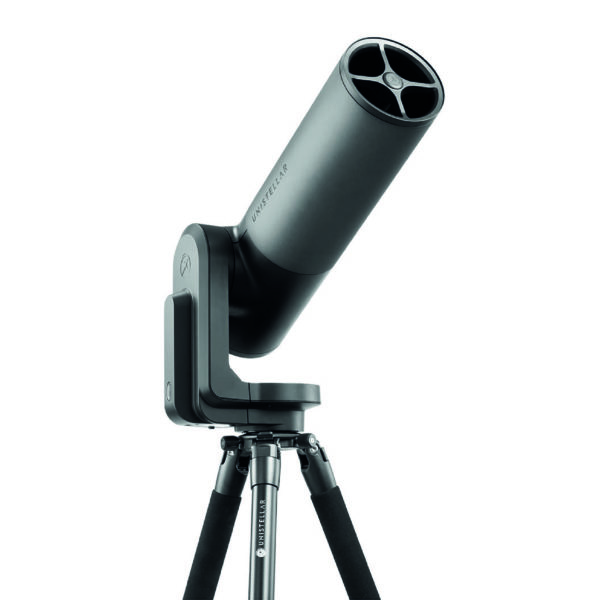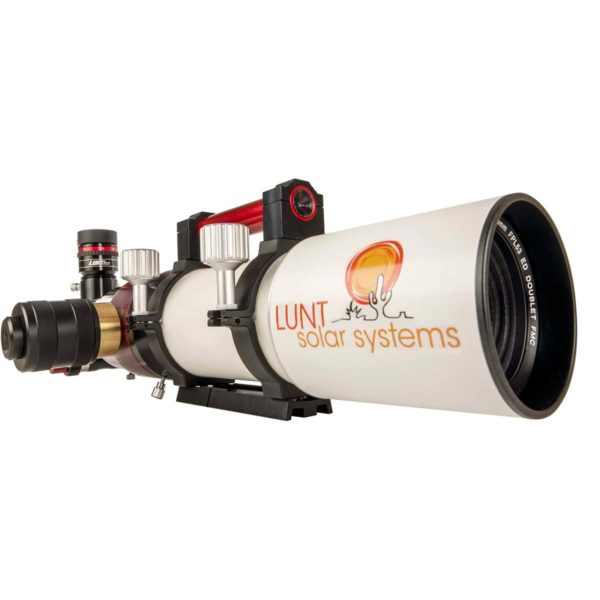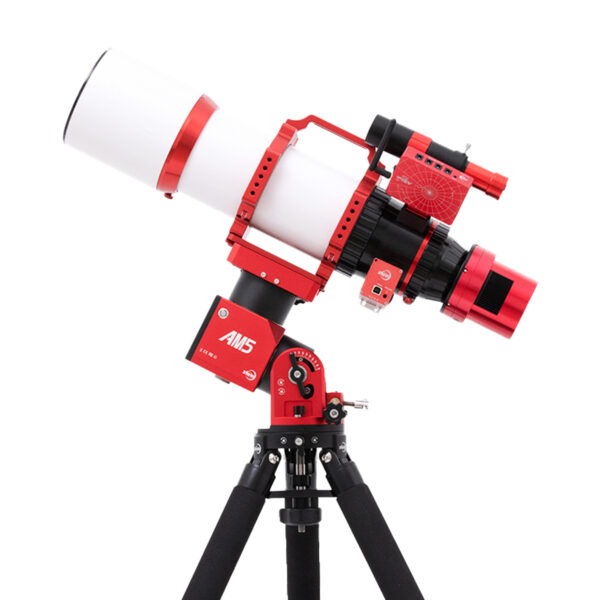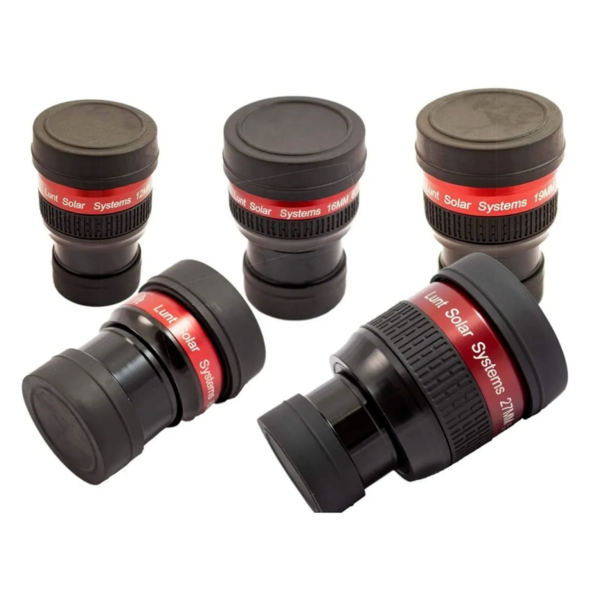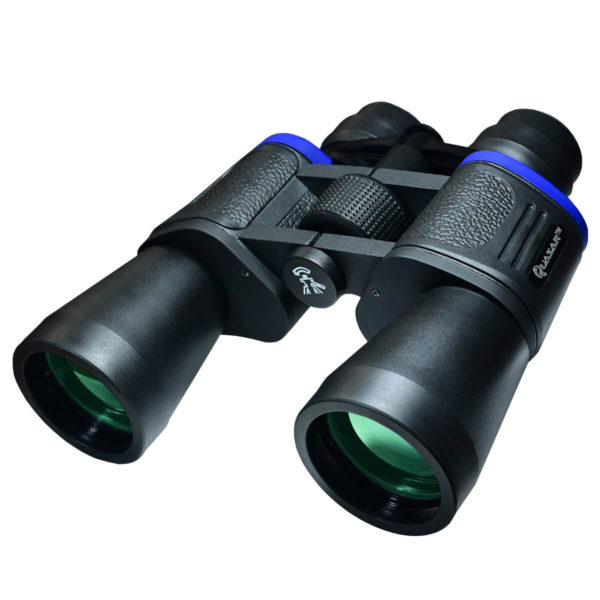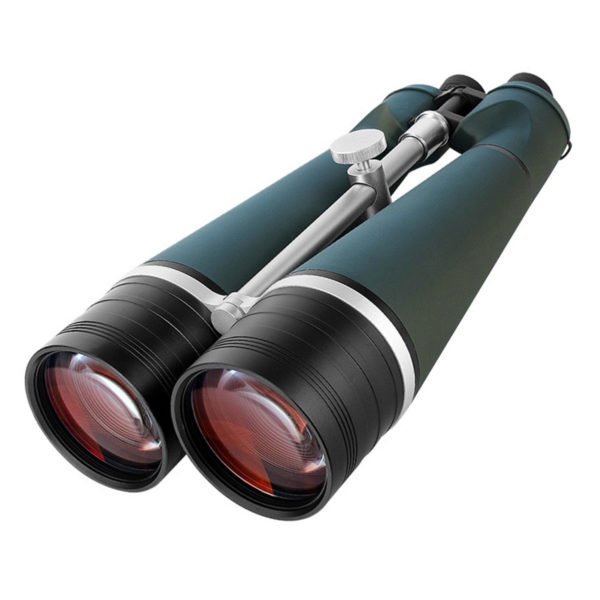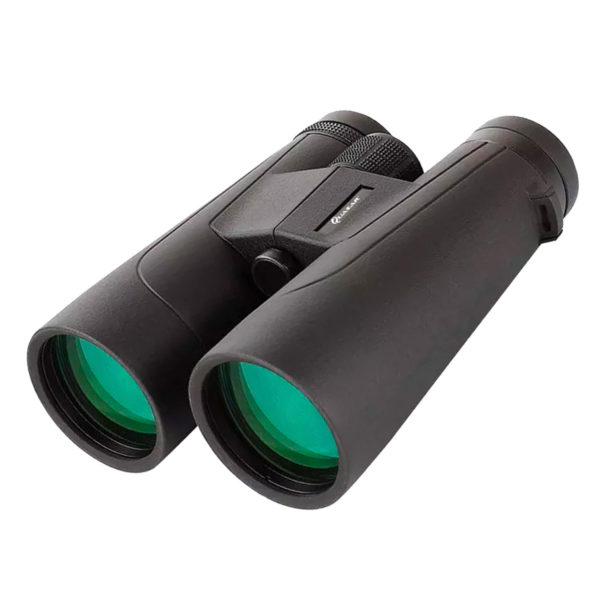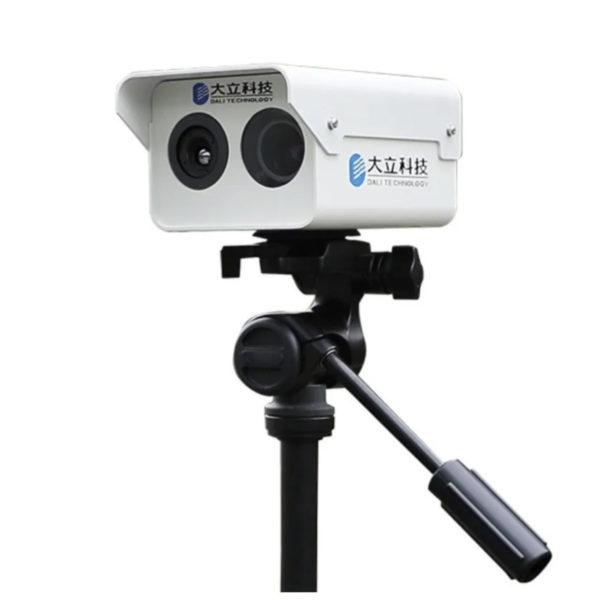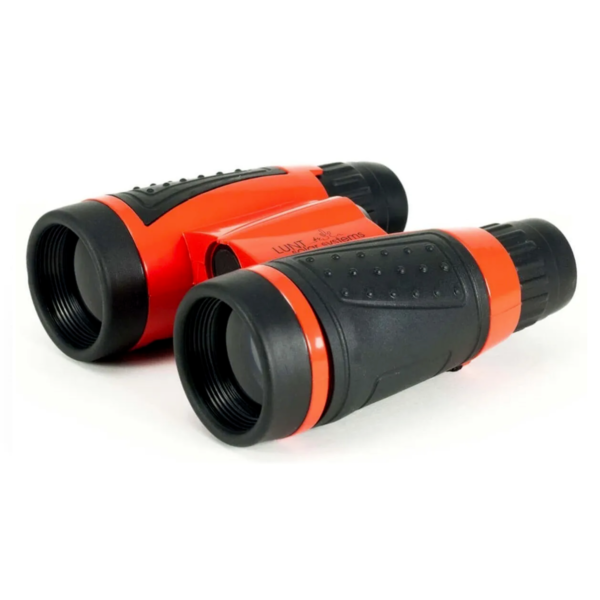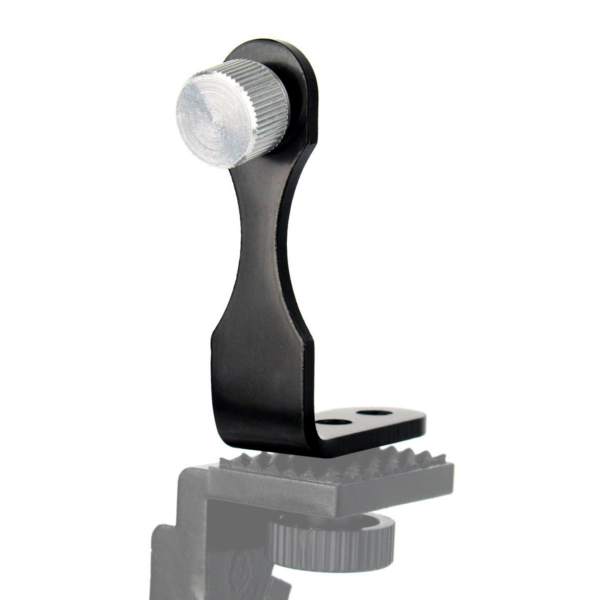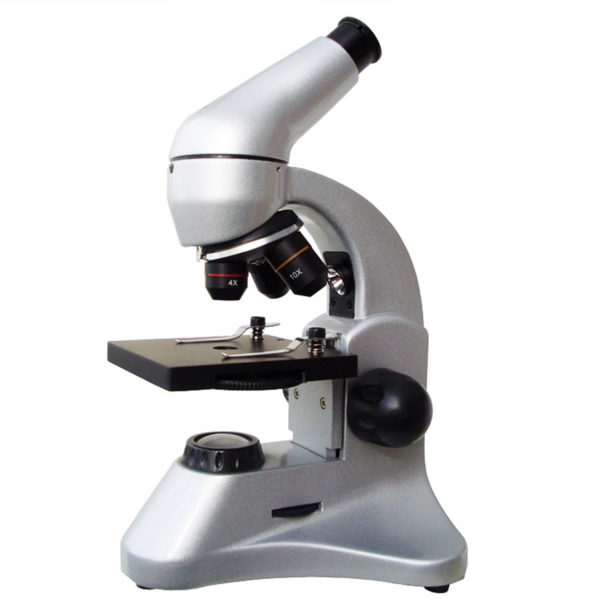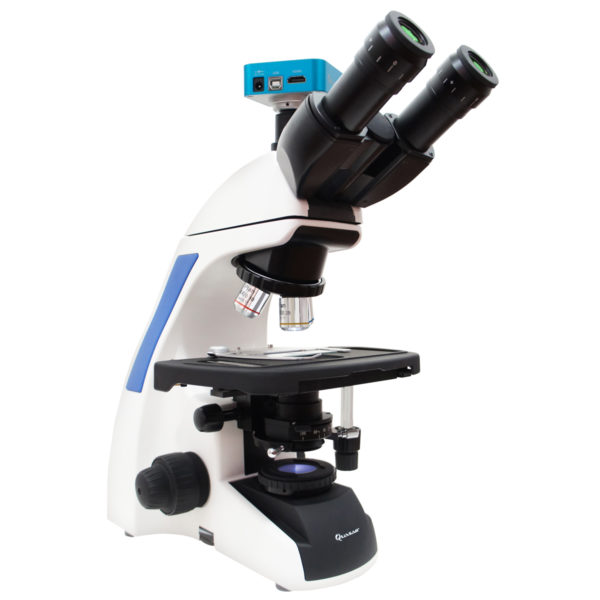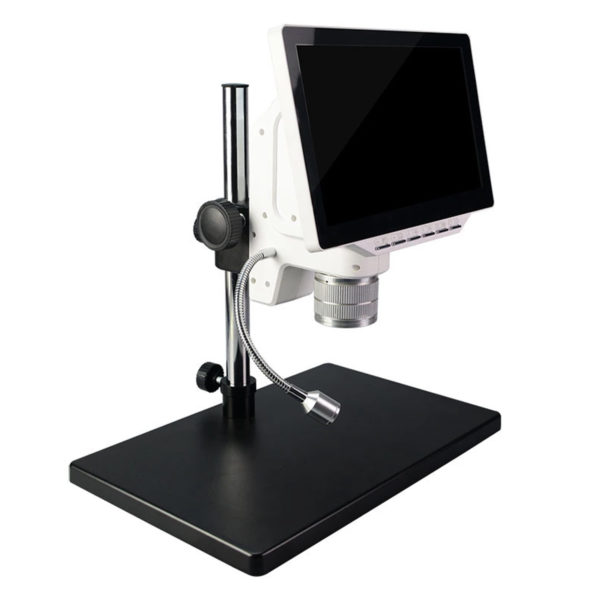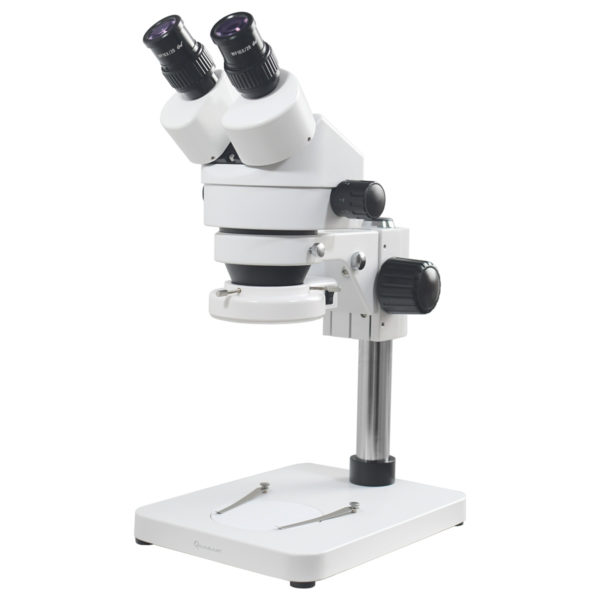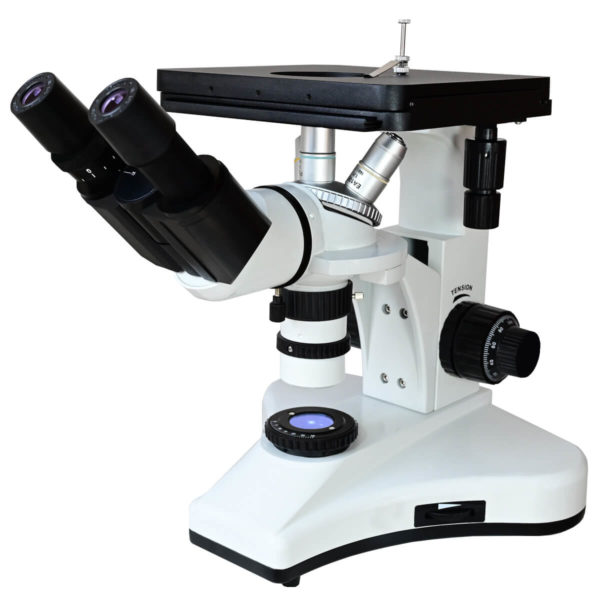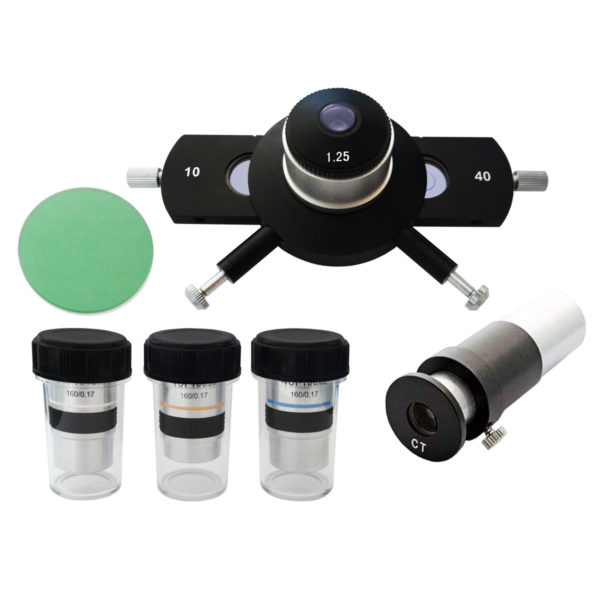Amateur astronomers achieve an important achievement.

Dozens of amateur astronomers using commercial telescopes have achieved a great deal by collectively observing NASA’s DART mission.
The users of the Unistellar Brand intelligent telescope managed to combine their observations of locations around the world, to confirm that the DART mission was successful, in said mission NASA crashed a small satellite into the Dimorphos asteroid, to find out if it was possible to divert it of its orbit.
About thirty Unistellar users across four continents monitored the planetary defense probe and observed the impact with the asteroid. The information collected by the telescopes was used by the scientists to assess the success of the mission.
All Citizen Scientists helped collect data and were named co-authors of a paper called «Light curves and colors of the ejecta from Dimorphos after DART.» , published in the journal Nature.
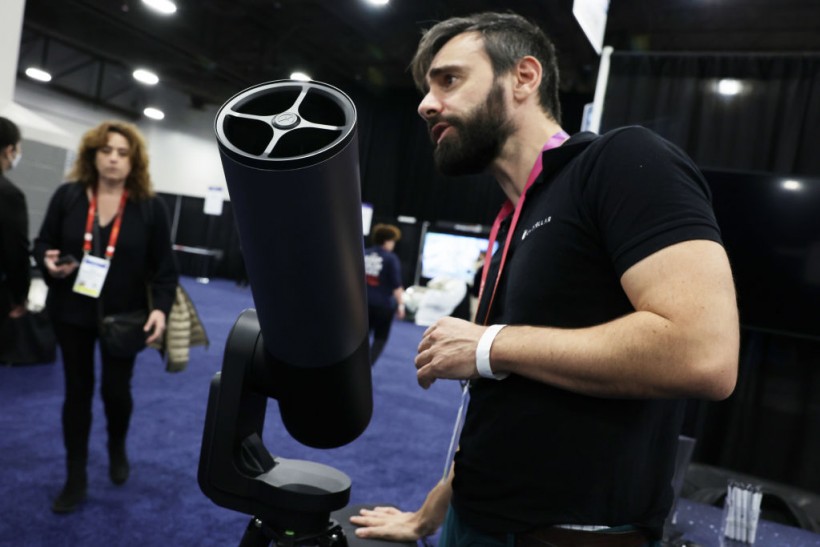
Laurent Marfisi Co-founder of Unistellar said that the advances of commercial telescopes in recent years have brought harmonization with recreational astronomy and scientific discoveries more common.
“One of the strengths of Unistellar is that we have a worldwide network of several telescopes, which allows continuous observation of the night sky, because at night there is always someone somewhere in our network,” Marfisi told the Independent.
Since fundraising the Smart Telescope on the Crowd Funding platform in 2017, Unistellar has grown to more than 10,000 users globally. Users can participate in Citizen Science projects through the application, although only 10% of users choose to be active in this ruble.
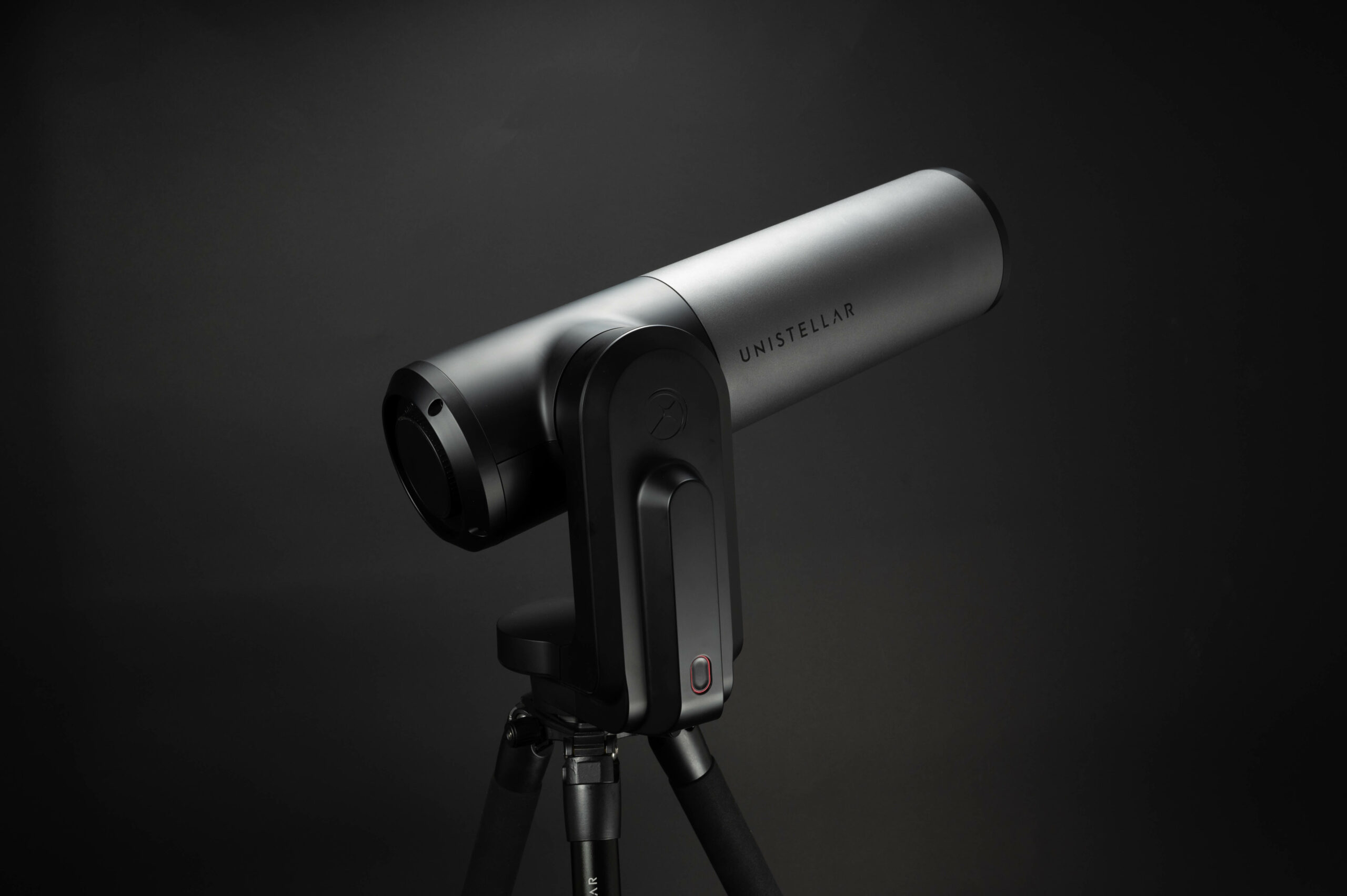
It is the eighth time Unistellar users have been recognized for their findings in a peer-reviewed scientific journal, though Marfisi called the latest the «most important scientific breakthrough» to date.
“It also marks our entry into an era where the general public is becoming a decisive player in the conquest of space, holding the key to further discoveries and further scientific dissemination,” he said.
The NATURE study noted that “of all the telescopes that observed the DART impact, from ground and space, the Unistellar eVescope was among the smallest.”
